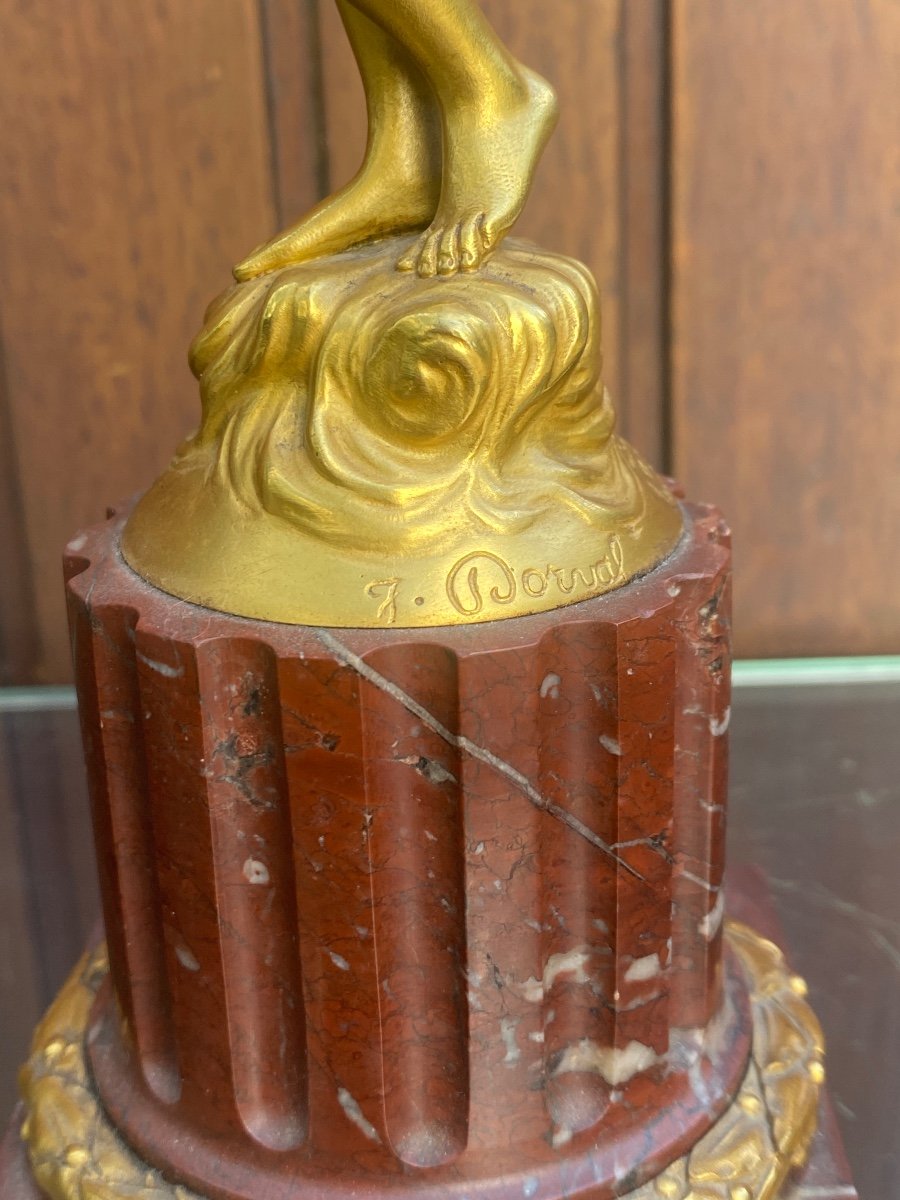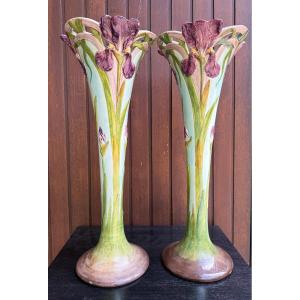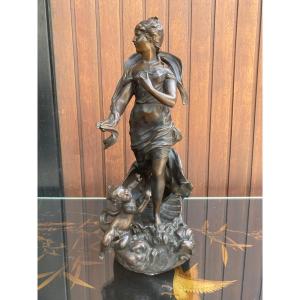Dorval-D'Eglise entered the École des Beaux-Arts in Paris in 1842, where he was trained by masters such as François Rude and James Pradier, emblematic figures of neoclassical and romantic sculpture. His influences also included ancient Greek and Roman statuary, as well as the evocative, narrative scenes of the Italian Renaissance.
His work explores a variety of themes, including mythology, allegories and religious figures. A master of marble and bronze, he was appreciated for his balanced compositions, finely chiseled details and ability to infuse his subjects with intense emotion.
Although influenced by neoclassicism, his style evolved to incorporate realistic elements, particularly in portraits and scenes depicting daily life, earning him recognition from a wider audience.
Jacques Dorval-D'Eglise received several awards, including the gold medal at the 1867 Paris Salon. Although he did not enjoy the same international renown as some of his contemporaries, such as Auguste Rodin, he was able to make a name for himself on the international scene.








































 Le Magazine de PROANTIC
Le Magazine de PROANTIC TRÉSORS Magazine
TRÉSORS Magazine Rivista Artiquariato
Rivista Artiquariato